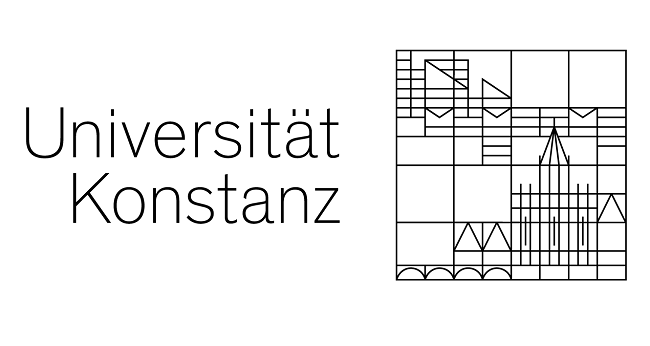Thomas Weitin, March 2018
In the second half of the 19th century, prefiguring and pioneering realism, the novella became the epitome of mass production in the German-speaking literary world. The two editors of the Deutscher Novellenschatz, Paul Heyse and Hermann Kurz, were fully aware of the key problem of the epoch: how can a single writer make a difference? The edition of the Novellenschatz gives clear advice for a distinctive style in novella writing and sets forth ideas for a new method of writing literary history driven by principles of form. The article extra¬polates two major principles from the Novellenschatz to let the analysis of the corpus be inspired by them: distinctivity and relationality. The stylometric methods in use here can be derived from the historical terminology of the novella collection. Network analysis may be seen as an appropriate method where the very understanding of individuality emerges as a relational concept to be measured by distances between individual texts and larger quantities. As a result, the understanding of being similar or distinct needs to be rethought in favor of a typology that can describe the difference between global and local similarity.
[ Download (EN) ]
Cite:



